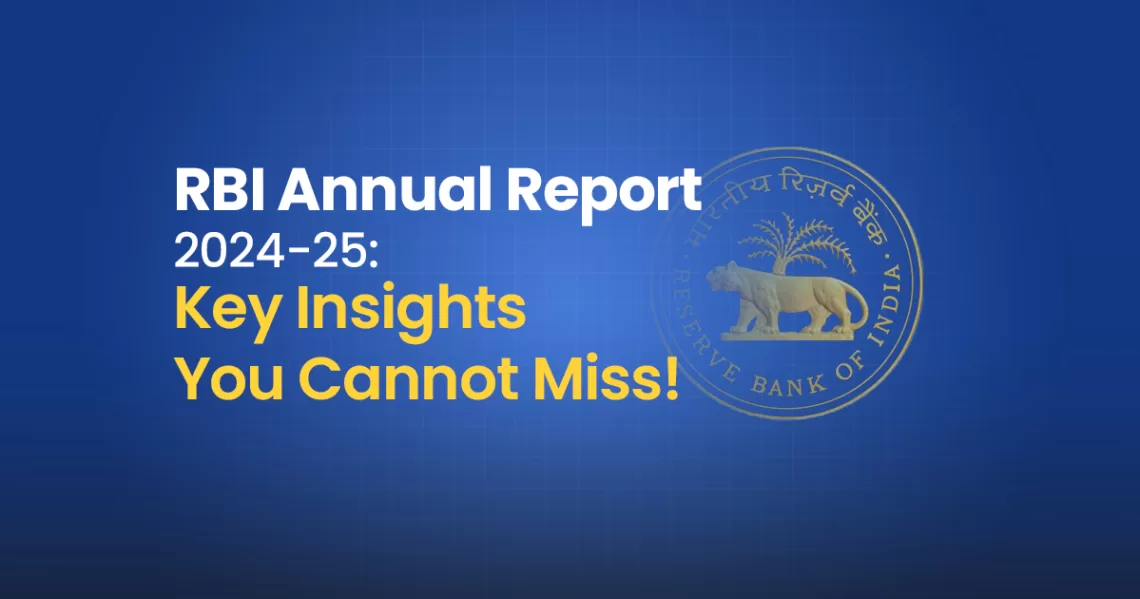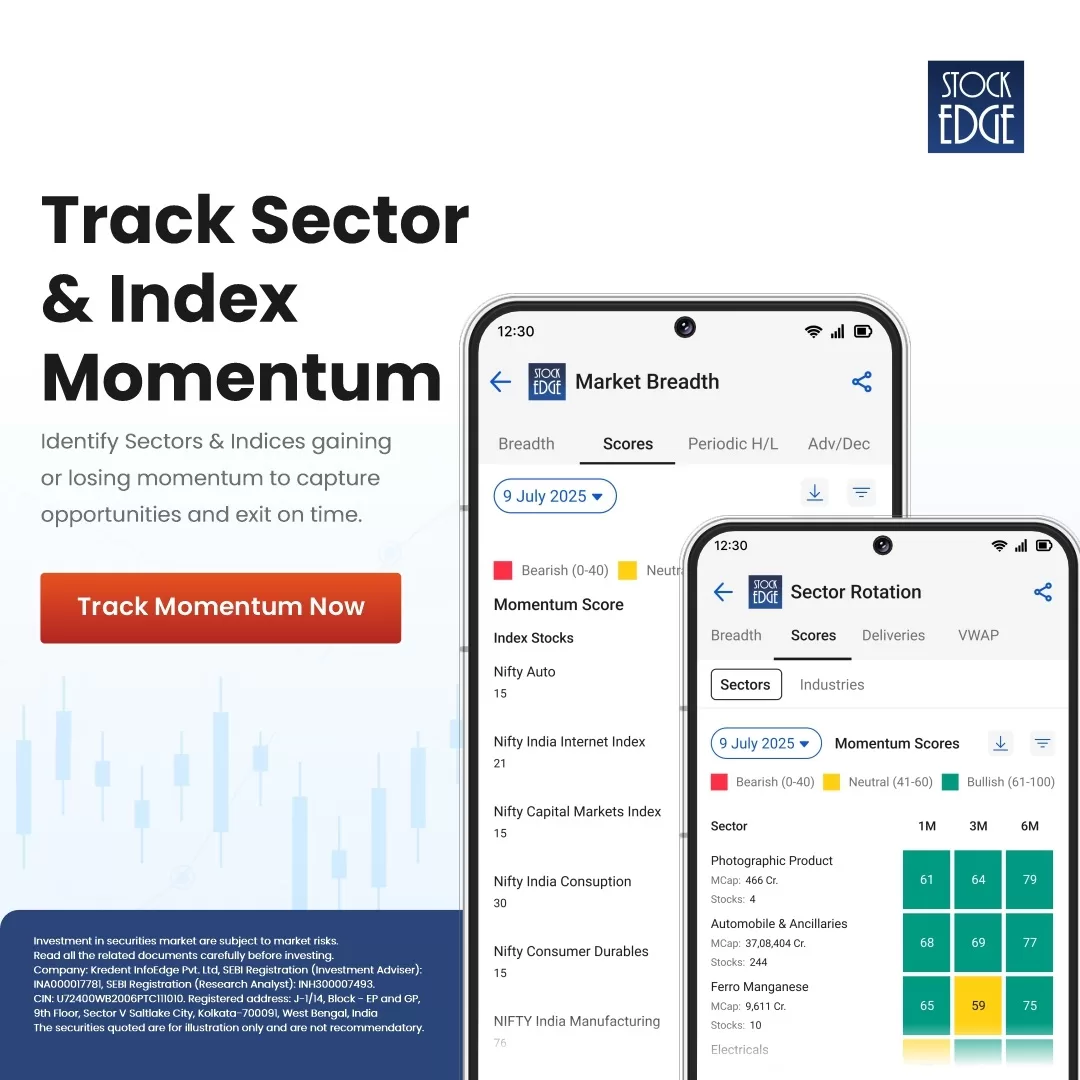Key Takeaways
- RBI’s Strongest Ever:The Reserve Bank transferred a historic surplus to the government, reflecting huge income from foreign exchange and domestic investments, despite a challenging global environment.
- Cautious Yet Confident Approach to Risk: RBI increased its contingency fund sharply up to ₹5.42 lakh crore.
- Digital Rupee & UPI Leading Fintech Revolution: UPI saw massive growth, and the Digital Rupee pilot gained real traction, showing India’s leadership in real-time and central bank-backed digital payments.
- Controlled Inflation, Balanced Liquidity: Retail inflation stayed within tolerance levels. RBI took timely steps like CRR adjustments to ensure smooth money flow without compromising stability.
Table of Contents
The Reserve Bank of India has released the annual report for the Financial Year 24-25. And it is more than 300 pages long. But don’t worry, we have done the hard, so you can just scroll through and read our simplified version of the RBI Annual Report!
What is the RBI Annual Report?
Before getting to know about the annual report for FY 24-25, let us understand what the RBI Annual Report is. The RBI Annual Report is a document published each year by the Reserve Bank of India(RBI) that includes the overall performance of the Indian economy and financial system during the previous financial year. It includes:
- Monetary policy review – how RBI tackled inflation, interest rates, and liquidity.
- Banking sector analysis – performance, health of banks, NPAs, and credit growth.
- Currency management – printing, distribution, and counterfeit monitoring.
- Foreign exchange reserves – updates on India’s forex position and global outlook.
- Public debt and fiscal developments.
- Surplus transfer to the government – profit made and how much was passed on.
- Future outlook – challenges and goals for the upcoming year.
It’s an important document for economists, analysts, policymakers, and even investors, as it reflects the central bank’s view on the economy and its roadmap ahead.
Wanna know more about the financial policies of Govt of India and RBI? – Click Here.
The RBI Made a Record Payout
The RBI transferred a massive ₹2.69 lakh crore to the government, its highest ever. That’s a 27% jump from last year.
Why the Windfall?
- Higher interest earnings from both Indian and foreign investments. Think of it as the RBI earning more from its “FDs.”
- Gains on foreign reserves – when global bond values or foreign currencies went up, the RBI’s holdings became more valuable. Some of these were sold for profits.
- Expenses stayed in check (up only 8%), though currency printing costs rose a bit (₹6,372 crore vs ₹5,101 crore last year).
And no, the RBI didn’t give away everything.
It added ₹1.13 lakh crore to its Contingency Fund (its emergency buffer) – now totalling ₹5.42 lakh crore. Smart move, given global uncertainties right now!
Also, the RBI’s Economic Capital (its capital cushion) now stands at 7.5% of its balance sheet.
What’s the State of the Economy?
India’s real GDP growth rate dropped to 6.5%, down from 9.2% last year (NSO). Still, we’re among the fastest-growing major economies.
What Worked:
- Private consumption rose by 7.6%, especially in rural India (good monsoon = happy farmers = more spending).
- Exports outpaced imports – another positive push.
- Food production hit record highs, and the government increased MSPs.
What Didn’t:
- Investments slipped – especially from foreign investors. Infra and machinery spending slowed down too.
- Government spending grew slower than last year (3.8% vs 8.1%).
- Industry and services growth weakened, especially in the first half of the year.
Still, factories ran at higher capacity, and job data improved – especially with more women entering the workforce.
Inflation also cooled off to 4.6% (down from 5.4%).
How’s the RBI’s Money Supply Looking?
The RBI’s base money (the core money in the economy) grew by 5.8%.
That’s slightly lower than last year, mostly due to a temporary move (incremental CRR) that distorted last year’s numbers.
- Currency in circulation (the cash in your wallet) grew by 5.8%.
- Bank deposits with RBI shrank a bit due to a CRR cut – but adjusted numbers show moderate growth.
Global Economy
The global outlook looks… wobbly.
- Growth could slow to 2.8% in 2025 (from 3.3% this year).
- High debt, global conflicts, trade tensions and climate risks are making things tricky.
- Inflation is easing, but services prices and tariffs are still making life expensive.
In short, it’s a cautious environment. Emerging markets like India might handle it better than advanced economies – but there’s still risk ahead as we know!
Other Things That Stood Out
The Digital Rupee (e₹) Jumped 334%
This jump came from pilot projects – involving banks, fintechs (like CRED & MobiKwik), and government schemes.
Cool updates: It now works offline and can be programmed for specific uses (like fuel, food, or school fees). Pretty handy for Direct Benefit Transfers.
Gold Loans Under Scrutiny
Gold loans have grown – but so have shady practices.
The RBI found issues with third-party agents, poor gold valuation, and opaque recovery practices.
It’s now asking lenders to tighten rules: better checks, proper documentation, and a strict loan-to-value cap of 75%.
But there’s a flip side – small borrowers, especially in rural areas, might find it harder to get loans. The Finance Ministry isn’t thrilled.
Liked this summary? Click below to read the full report!











